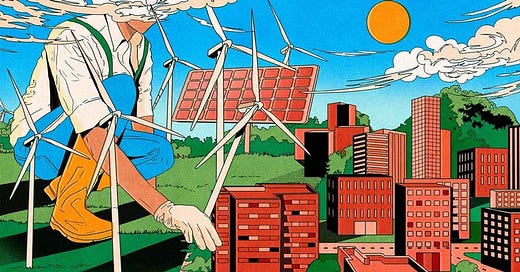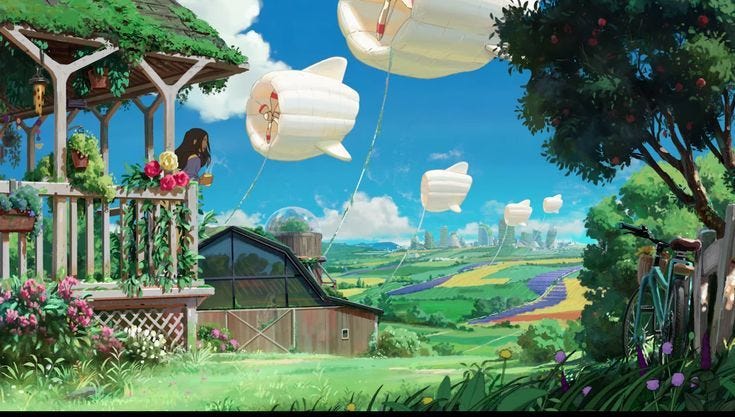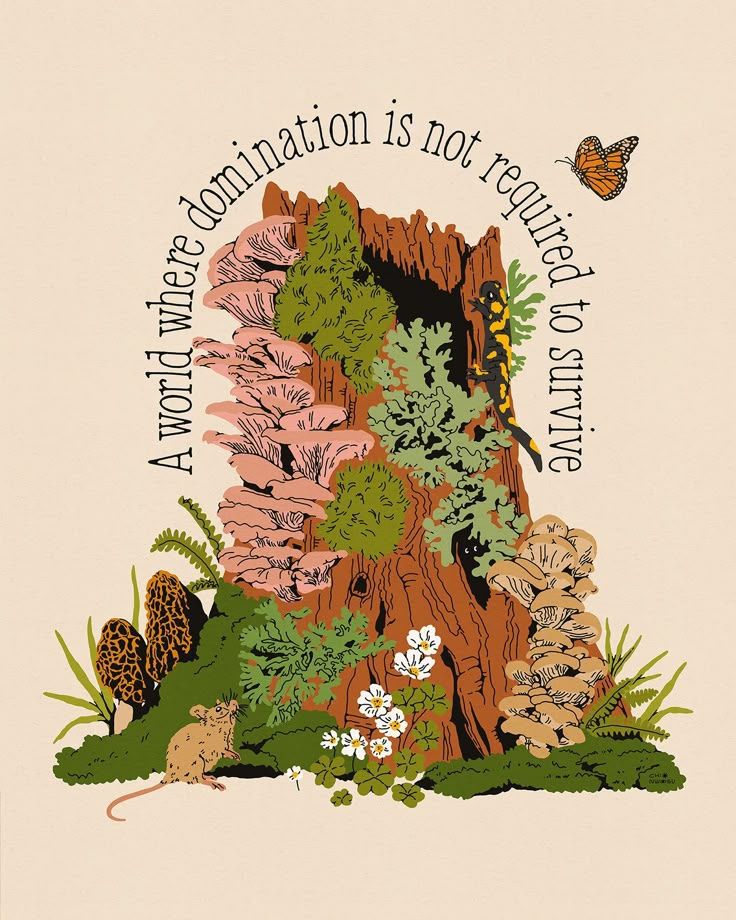What if things go right?
Let's wrap up this three-part Solarpunk series with some more concrete visions of a sustainable and equitable future
Now that we’ve gotten the core tenets of Solarpunk out of the way, we can move on to the more far-fetched and wondrous elements of its imaginarium. While the movement trends towards the pragmatic, asking what we can do now, its art points toward something extraordinary far in the horizon.
This is a world of radical abundance. “As regenerative technological systems improve, the use of natural resources will return far below what the planet naturally regenerates,” pronounces the Solarpunk Facebook group’s description.
This leads to ephemeralization, a term coined by Buckminster Fuller that means doing more and more with less and less. Fulfilling the needs of humans and every other life form we share this planet with while decreasing our environmental footprint.
It can only be done when working in nature-centric and bio-mimetic ways. When technology is being used for human and ecocentric ends rather than to enhance the power of a ruling elite, and the means of production are under popular control. Then, the technostructure can be a tool for restoring ecological balance and closing the rift between society and nature.
In more concrete terms, this can look like eco-cities shaped by biophilic design principles. Vertical farms. Solar glass windows. Micro-manufacturing and a focus on artisanship. Free software. Open-source hardware. 3D printing. Public transit. Rooftop garden. Car-free districts. Waste repurposing. Rainwater capture. Abolishing planned obsolescence and making things to last. Library economies where community resources are shared. Repair cafes. Citizen assemblies. Tenant unions.
Okay, okay, now we’re veering into labor, political and social organization where the concepts are far more abstract. Solarpunk philosophers posit many theories of what a society of free experimentation, communal caring, and self-actualization would look like. Would it look like decentralized confederations of self-governing communities administering themselves through direct and participatory democracy? Or horizontally structured voluntary associations taking care of judicial, environmental, and societal issues?
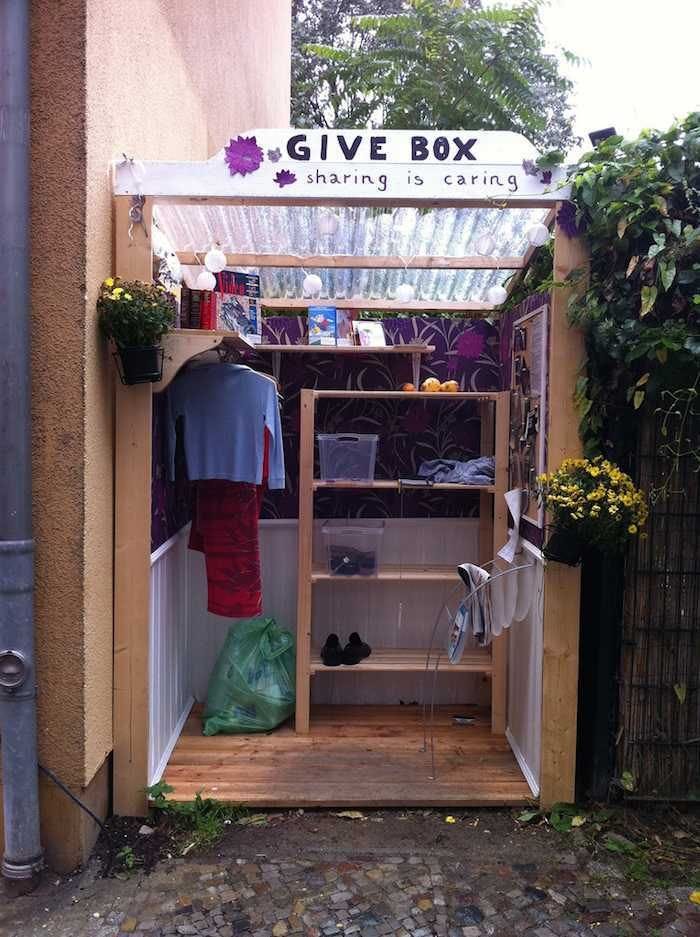
It would certainly require a shift from our current infinite growth mindset to one where we focus only on increasing societal and planetary well-being. Production-for-use rather than production-for-exchange. This might require production as close as possible to the point of consumption.
Maybe each community should aim for self-sufficiency in goods and manufacturing. One idea that particularly tickled my fancy was automating away dull, dirty, and dangerous forms of work whenever possible. Letting people partake in work that is participatory and enjoyable instead.
The ambiguity around these concepts of social and political organization is the strongest argument yet for an increase in Solarpunk art. We need more fiction about what an ecologically balanced post-scarcity world would look like for ordinary people. About how we deal with conflicts surrounding the remnants of the Oil Age and the unique problems sure to arise in this new society. As writer Saint Andrew pointed out, fiction “is a great way to explore the strengths and weaknesses of a Solarpunk society.” These narratives can inspire us as we take on the tough work that needs to be done.
One thing I definitely want to see in Solarpunk narratives is characters of marginalized groups living more freely, equally, and inclusively than today. Again, it’s Solarpunk because it rebels against the repression of the dominant paradigm, and that includes racism, xenophobia, homophobia, transphobia, ableism, misogyny… I could go on. At the same time, I wonder if other types of bigotry could arise. A new form of classism engendered by those who have the best mending and repair skills perhaps?
Unfortunately, and somehow fortunately still, utopia isn’t achievable. We get closest to utopia when we’re putting in the work toward it. We’re never going to rid ourselves of problems. Everytime we solve one, three more will arise. We see it today with renewable energies and their dependence on rare minerals. We must tackle each problem as it appears and trust that, with every step, we are getting closer to creating the world we want to live in.
Creating art is one of these steps. Whether you’re an architect melding the urban with nature like Luc Schuiten, or a visual artist reimagining existing aspects of our world in a very different context, you’re doing important work. Please share it. Let people engage with your art and discover, through it, the Solarpunk future it inhabits.
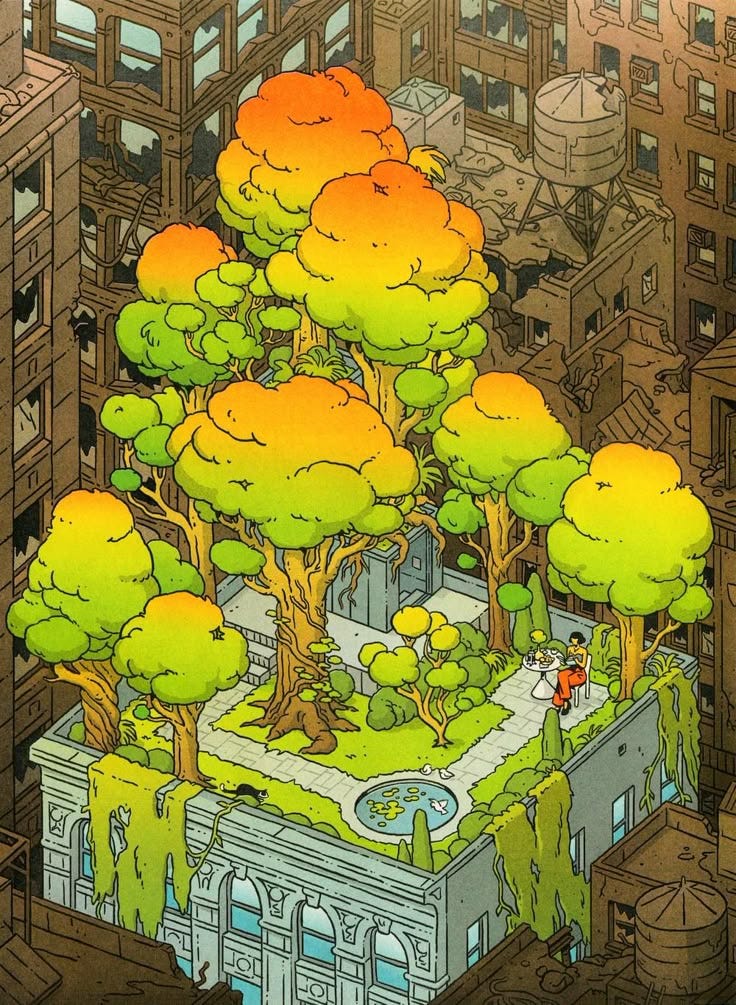
Even if you’re not an artist, anyone can create art! But if you’d rather do something else, here is a list of projects you could initiate in your community (your neighborhood, your friend group, your school…) that would make your world a bit more Solarpunk:
Create a community garden, pantry, or library. One clever man converted an old phone booth in the UK into a seed bank, where people left their leftover seeds and picked new ones up.
Start a library of things, an exchange network where people share things like drills, glue guns, and other tools we really only need a few times a year. Why do we all need to buy one when we can just share?!?
Buy local and as directly from the producer as possible to engage with your community and reduce the transportation-related GHG emissions from your products
Encourage community members with mending and repair skills to facilitate sessions as part of an education exchange initiative. This can extend to other skilled members of the community like yoga instructors and cooks, who could teach some recipes made with seasonal ingredients.
Organize a clothing swap with people around you instead of going shopping or donating old clothes. While donating is great, second-hand shops get plenty of clothing donations already and some even end up in the trash. Why not check if your friend or coworker wants that shirt you haven’t worn in months first?
If you live in a house with a garden, consider planting a shade tree near your home to use less A/C.
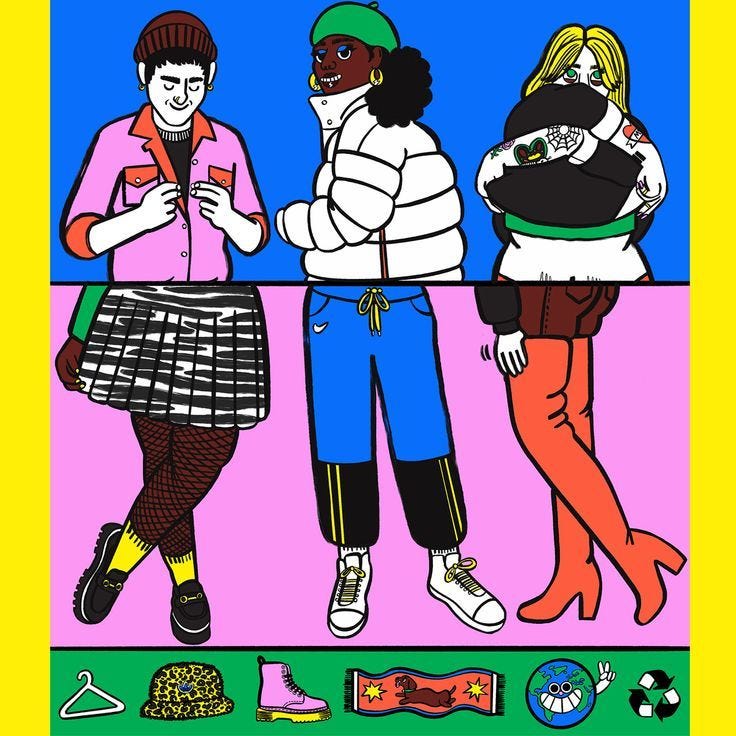
No time to organize or participate in any of the previous suggestions? How about helping bring attention to the dangers we face at present. Climate change is already affecting the most vulnerable communities amongst us.
Those that don’t have the funds to recover after fires, hurricanes, or other natural disasters have decimated their homes. Those who live off of natural cycles that are getting far harder to predict than they ever have been: rain, drought, seasons. Don’t wait until you’re already living in the future you wanted to avoid to start building the future you want.


